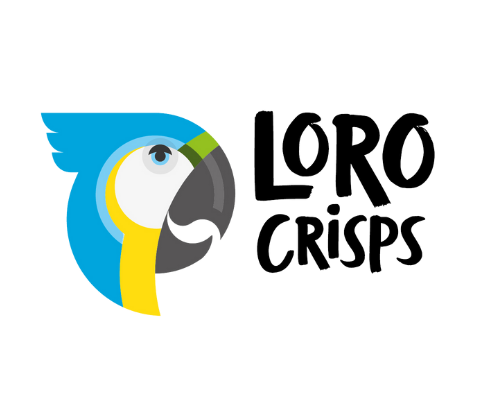
The power of the lean startup model, with Natalia Welch
Share
At first, the lean startup model wasn’t something that Natalia consciously chose to put into practice, but a necessity. Without all the money and resources that went into a traditional startup, she had to start small. Without the money to afford large-scale market research, she had to ask friends for their opinions on panela and bring samples to food markets for the public to try.
Whilst Natalia wasn’t deliberately running her startup with any kind of specific theory in mind, the people she was working with were familiar with this new style of doing business that is becoming more and more popular, and through them she was introduced to the lean startup model. But what actually makes a lean startup?
Put simply, it’s a model where instead of preparing extensive business plans, traditionally considered the first and most important step to creating a successful business, and an entrepreneur instead focuses on creating a basic version of their product for customers, known as the ‘minimum viable product’, and then experimenting with and evolving that product, as well as their brand, in response to direct feedback from those customers after they’ve tried the minimal viable product. With no expensive focus testing, the entrepreneur takes their product out to customers directly, saving money and getting a more genuine response from the people on the street.
Of course, like any business venture, the lean startup model isn’t without its challenges. Without an established business model and focus testing, it’s hard to secure the kind of financial support that you need to get a new company up and running. However, that isn’t enough to stop the lean business model in its tracks; Natalia has found a way to convince banks to provide that support. “If you have letters of intent from somebody wanting to buy, even if the product is not quite there yet, the traditional financial services will lend you the money,” she says with confidence, having two startups under her belt at this point. “If you secure sales, the money will come.” And with that money secured, it’s a matter of experimenting to find what works. Natalia’s initial packaging and branding changed constantly as she looked for what people liked, from plain brown bags to the colourful packaging her company uses today. That freedom is a core part of what makes the lean startup model so successful, especially for first-time entrepreneurs without a lot of resources at the ready.
And now, she’s bringing that experience to Loro Crisps. The strategy she adapted as a necessity with her first business has become one of our main strengths, constantly evolving and adapting to what customers and retailers need. Of course, they’re not rushing anything. “Change will come when you need it,” she says, stressing that the flexibility of the model doesn’t mean you should change things for the sake of changing things. It’s all about responding to the needs of the people who are selling and enjoying the crisps to create a product that fits them.
Take Loro Crisps’ approach to marketing in Dubai. Instead of paying for traditional advertising, Daniela had the idea to join Facebook groups for Columbians living in Dubai, engaging with their potential audience over social media and quickly generating enthusiasm for their product for free where hiring a professional social media manager would’ve done the same thing for over £2000.
Everything is fluid and dynamic, creating a different kind of atmosphere to a traditional business. Campaigns that don’t work are changed, branding is updated, and staff are brought on as needed. The benefits can be more personally satisfying, as well. Natalia finds the freedom that the lean startup model brings her a welcome break from the stress that the commitment of a business plan, turning the difficult endeavour of running a business into an almost relaxing experience.
So, what’s next for lean startups? In Natalia’s opinion, the next step is that universities need to start teaching the lean start-up model, bringing new modern ideas about business to the next generation instead of relying on the same traditional methods that have been taught for years. “I want to see the universities embedding these ideas into students, not only the ones who are going to go on and be entrepreneurs but also the ones who are going to go into business management and work for corporations.” It might disrupt the normal way of doing things for many companies, but that disruption will also bring the new opportunities that the lean startup model provides.
